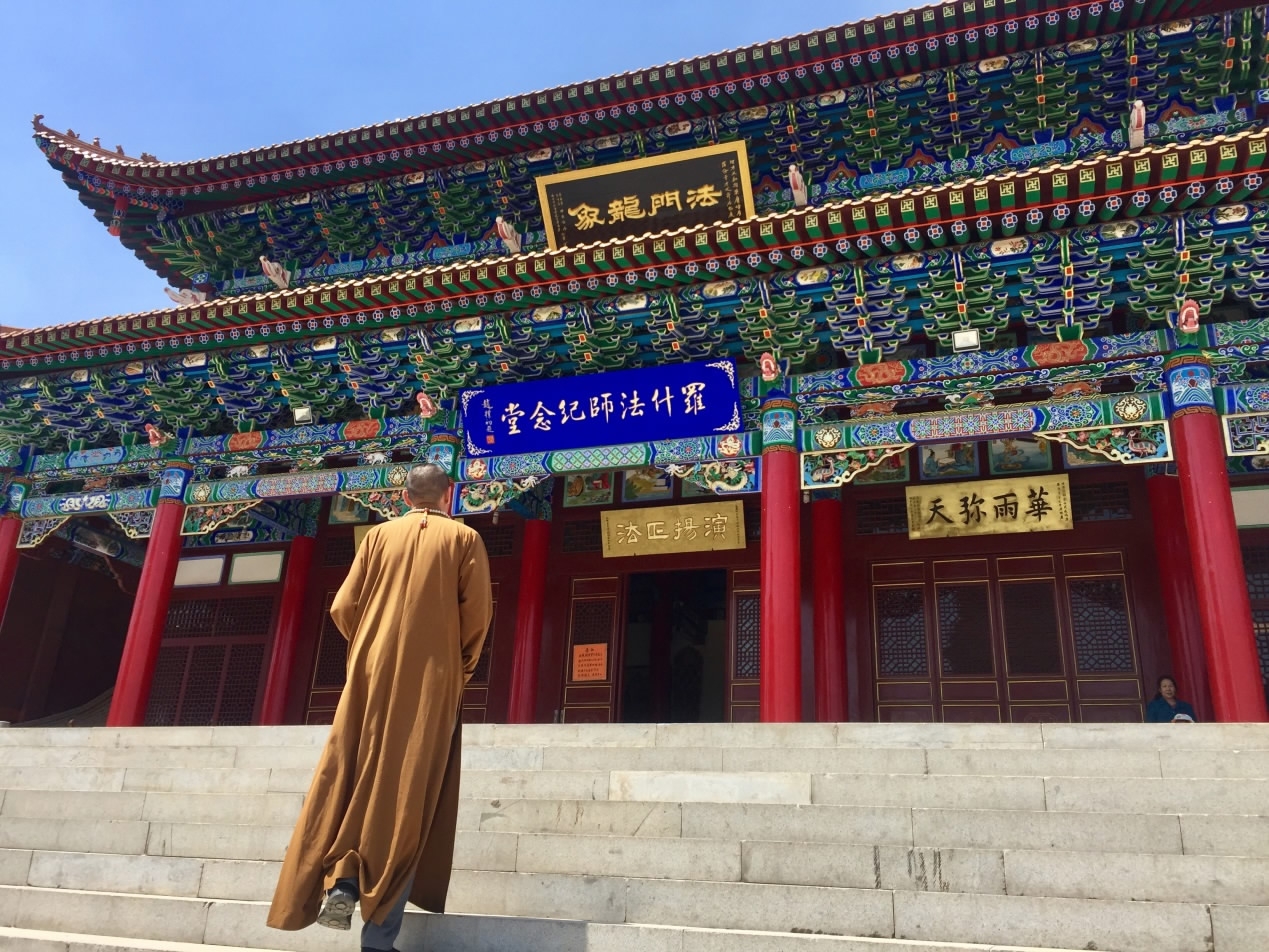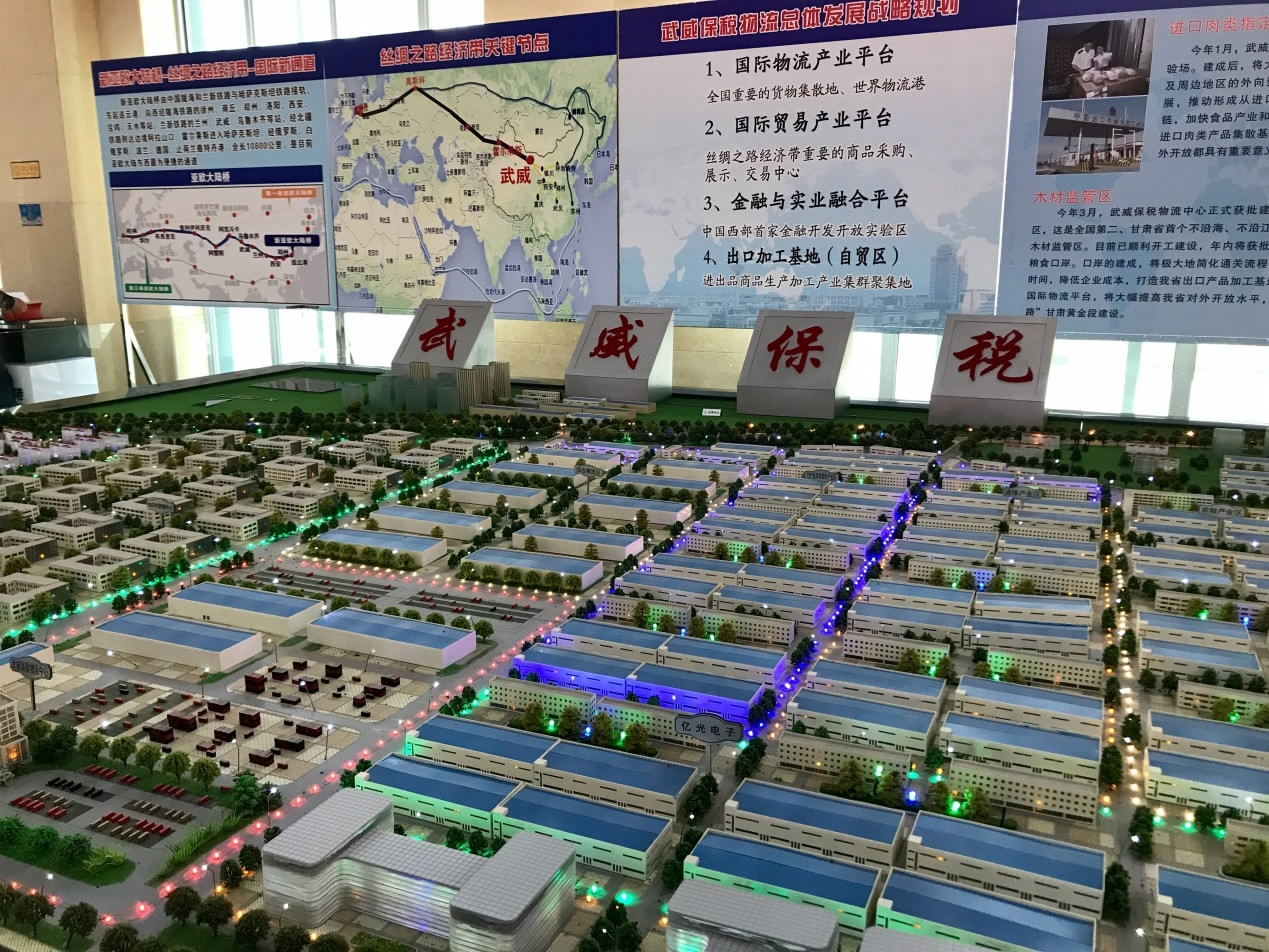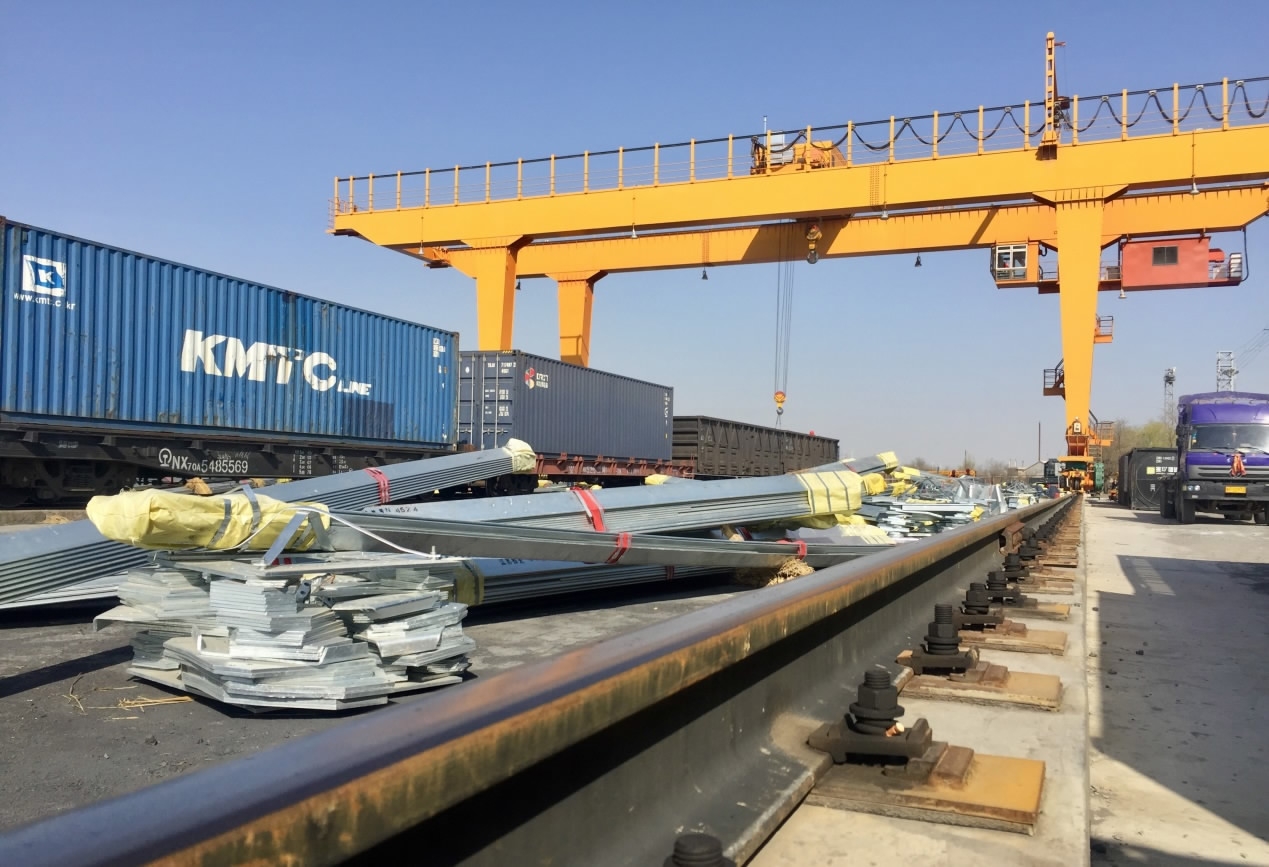By CGTN's Wang Hui
Wuwei, in northwest China's Gansu Province, was once a key customs pass and trading center of the ancient Silk Road. Today, under the Belt and Road Initiative, it’s being revitalized as an international inland port and transportation hub, connecting China to Central Asia and Europe – boosting the economy in west China.
Once called the pearl on the ancient Silk Road, Wuwei has a colorful history and rich heritage, having witnessed an ebb and flow in fortunes through time.

CGTN Photo
One of the earliest parts of China to open to the world, according to historian Wang Qiying, Wuwei was the second largest international metropolitan place in western China, after the capital. It had flourishing exchanges in politics, economy, and culture.
During the city's prosperous years, one of China’s most famous Buddhist translators, Kumarajiva, traveled to Wuwei, staying for nearly 20 years. The introduction of Buddhism integrated with China’s local Daoism and Confucianism, and profoundly influenced the Chinese way of looking at the world.
But as the Maritime Silk Road gained in prominence, eclipsing the land route, Wuwei’s glory slowly faded away. Now, its fortunes have changed again: a 170-square-kilometer international inland port under the Belt and Road Initiative is under construction with an aim to rejuvenate the city.

CGTN Photo
A bonded logistics center is the core of the inland port. It started operations in late 2014, becoming the first facility monitored and managed by customs in Gansu Province. It covers 500,000 square meters and aims to become a platform for international logistics, trade, financial support and processing for exports. About 70 companies will be housed here.
Yang Yu, vice president of HTTH Investment Development limited company, which runs the bonded logistics center, said the export-oriented economy in the western province still lags behind, so they want to build a good platform, which can attract export-oriented companies, and lower their cost.

CGTN Photo
By the end of this year, the center will have a new addition: a train track. It will introduce China Railway express trains to the logistics center. Tang Baoping, office manager of the Zhengyang Contemporary Agriculture Service Company, noted it was complicated to go through all the procedures to export products. They had to change trains and sometimes even lost their goods. Now they will be able to finish everything at the logistics center and have the goods delivered right in the neighborhood.
For now, these China Railyway express trains run through a station 30 kilometers from the logistics center. Since late 2014, more than 80 "Tian Man Hao" express trains have delivered 140,000 tons of goods worth 220 million US dollars.

CGTN Photo
An important part of the inland port blueprint, Tian Ma Hao express trains have reached several Central Asian countries, and plan to go as far as Amsterdam. They not only collect goods from Gansu Province but also all over China. Such efforts aim to make Wuwei an important transportation hub in west China again. And it looks like efforts are paying off: Wuwei, this pearl of the ancient Silk Road is glowing again after 2,000 years.
1211km










